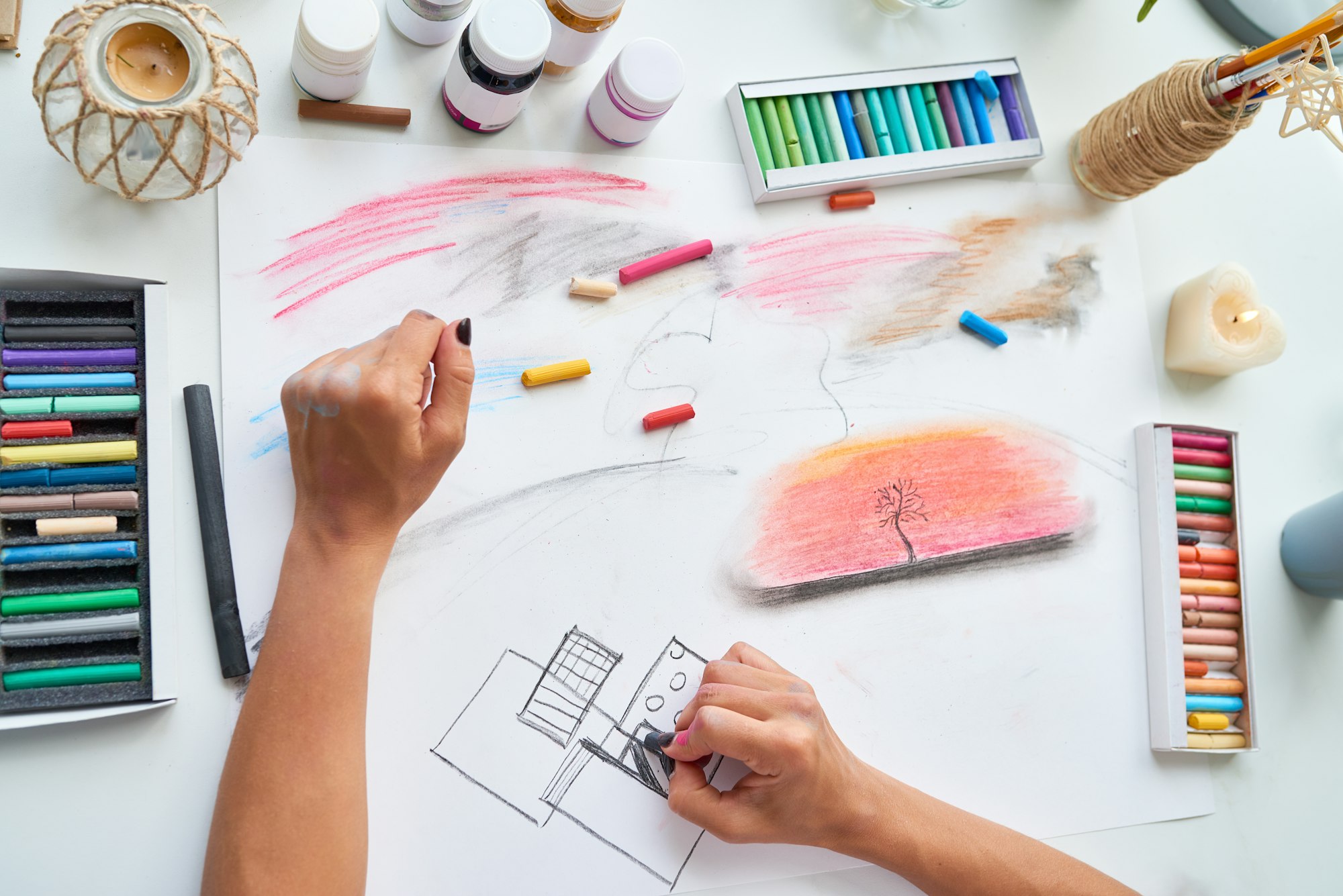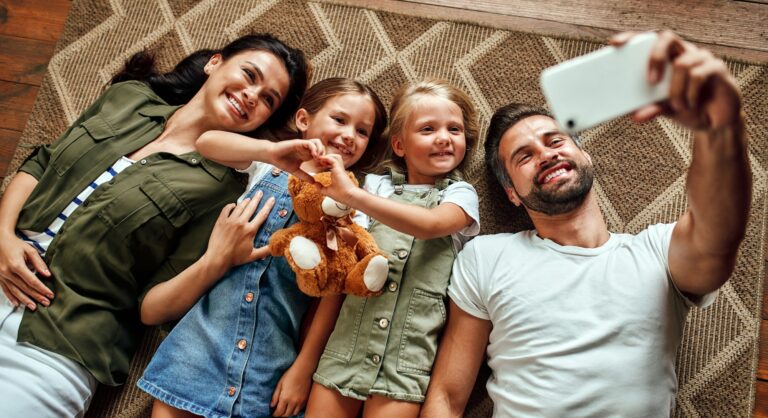Colors have a profound impact on our emotions and perceptions. They can uplift our spirits, calm our minds, or even stir up a sense of nostalgia. Artists have long understood the power of color and used it strategically to convey emotions and tell stories. In this article, we’ll dive into the fascinating world of color psychology and explore how artists use different hues to evoke specific emotional responses.
1. Understanding Color Psychology
1.1 What is Color Psychology?
Color psychology is the study of how colors affect human behavior and emotions. Different colors can trigger different psychological responses, influencing our mood, thoughts, and even physical sensations. This field of study is widely used in various domains, including marketing, interior design, and, of course, art.
1.2 The Cultural Context of Color
It’s essential to note that the psychological effects of colors can vary across cultures. For instance, while white is often associated with purity and peace in Western cultures, it represents mourning in some Eastern cultures. Artists take these cultural contexts into account when choosing their color palettes to ensure their work resonates with their intended audience.
2. The Emotional Impact of Colors
2.1 Warm Colors: Red, Orange, and Yellow
Warm colors are known for their ability to evoke strong emotions. Let’s break down the specific effects of each warm color:
2.1.1 Red: The Color of Passion and Energy
Red is a powerful color that can stimulate feelings of passion, excitement, and urgency. It’s often used to grab attention and create a sense of movement. However, too much red can also evoke feelings of aggression or anxiety.
2.1.2 Orange: The Color of Enthusiasm and Creativity
Orange combines the energy of red and the happiness of yellow. It’s an invigorating color that can inspire creativity and enthusiasm. Artists use orange to convey a sense of warmth and playfulness.
2.1.3 Yellow: The Color of Happiness and Optimism
Yellow is associated with sunshine and joy. It’s a bright, cheerful color that can uplift spirits and evoke a sense of optimism. However, when overused, yellow can also cause feelings of frustration or agitation.
2.2 Cool Colors: Blue, Green, and Purple
Cool colors are generally calming and soothing. They can create a sense of tranquility and peace. Here’s a closer look at each cool color:
2.2.1 Blue: The Color of Calm and Trust
Blue is often associated with calmness and stability. It can create a serene and relaxing atmosphere. Artists use blue to evoke feelings of trust, loyalty, and peace. Darker shades of blue can also convey a sense of depth and sophistication.
2.2.2 Green: The Color of Growth and Harmony
Green is the color of nature, symbolizing growth, renewal, and harmony. It has a calming effect and can help balance emotions. Artists often use green to create a sense of freshness and tranquility.
2.2.3 Purple: The Color of Luxury and Mystery
Purple combines the calmness of blue and the energy of red. It’s associated with royalty, luxury, and mystery. Purple can evoke feelings of creativity and imagination. It’s often used to create a sense of fantasy and enchantment.
2.3 Neutral Colors: Black, White, and Gray
Neutral colors are versatile and can complement both warm and cool colors. They often serve as a backdrop, allowing other colors to stand out. Here’s how they influence emotions:
2.3.1 Black: The Color of Elegance and Power
Black is a strong, authoritative color that exudes elegance and sophistication. It can create a sense of mystery and intrigue. However, too much black can feel oppressive or evoke sadness.
2.3.2 White: The Color of Purity and Simplicity
White is associated with purity, simplicity, and innocence. It can create a sense of space and openness. Artists use white to convey clarity and freshness. However, excessive white can feel stark and cold.
2.3.3 Gray: The Color of Balance and Neutrality
Gray is a balanced, neutral color that can convey a sense of calm and sophistication. It’s often used to create a minimalist aesthetic. However, too much gray can feel dull or depressing.
3. Techniques Artists Use to Leverage Color Psychology
3.1 Color Blocking
Color blocking involves using large, solid blocks of color to create visual interest and convey emotions. This technique can create striking contrasts and highlight specific areas of a composition.
3.2 Gradients and Blending
Gradients and blending involve gradually transitioning from one color to another. This technique can create a sense of depth and movement, guiding the viewer’s eye through the artwork.
3.3 Complementary Colors
Using complementary colors—colors opposite each other on the color wheel—can create a vibrant and dynamic effect. This technique can draw attention to specific elements and create a sense of harmony.
4. Famous Artists and Their Use of Color
4.1 Vincent van Gogh
Vincent van Gogh is renowned for his bold use of color. In “Starry Night,” he used swirling blues and vibrant yellows to evoke a sense of wonder and turbulence. His use of complementary colors adds intensity and emotional depth to his work.
4.2 Pablo Picasso
Pablo Picasso’s “Blue Period” is a prime example of how color can convey emotion. During this period, Picasso used shades of blue and green to depict scenes of melancholy and introspection, reflecting his own emotional state at the time.
4.3 Mark Rothko
Mark Rothko is famous for his color field paintings, which feature large, luminous blocks of color. Rothko believed that color could convey profound emotions, and his works often evoke feelings of awe and contemplation.
5. Incorporating Color Psychology in Your Own Art
5.1 Start with an Emotion
Consider the emotion you want to convey in your artwork. Choose colors that align with that emotion. For example, use warm colors for energy and excitement, or cool colors for calm and serenity.
5.2 Experiment with Color Combinations
Don’t be afraid to experiment with different color combinations. Try using complementary colors for a dynamic effect or monochromatic schemes for a harmonious look.
5.3 Pay Attention to Cultural Context
Be mindful of the cultural context of colors. Research how different cultures perceive colors to ensure your artwork resonates with your intended audience.
Conclusion
Color is a powerful tool in the artist’s palette, capable of evoking a wide range of emotions and creating deep connections with viewers. By understanding color psychology, artists can strategically use hues to enhance their work and convey their intended messages. Whether you’re an aspiring artist or an art enthusiast, appreciating the role of color can deepen your understanding and enjoyment of art. So next time you gaze at a painting, take a moment to consider the colors and the emotions they stir within you.







